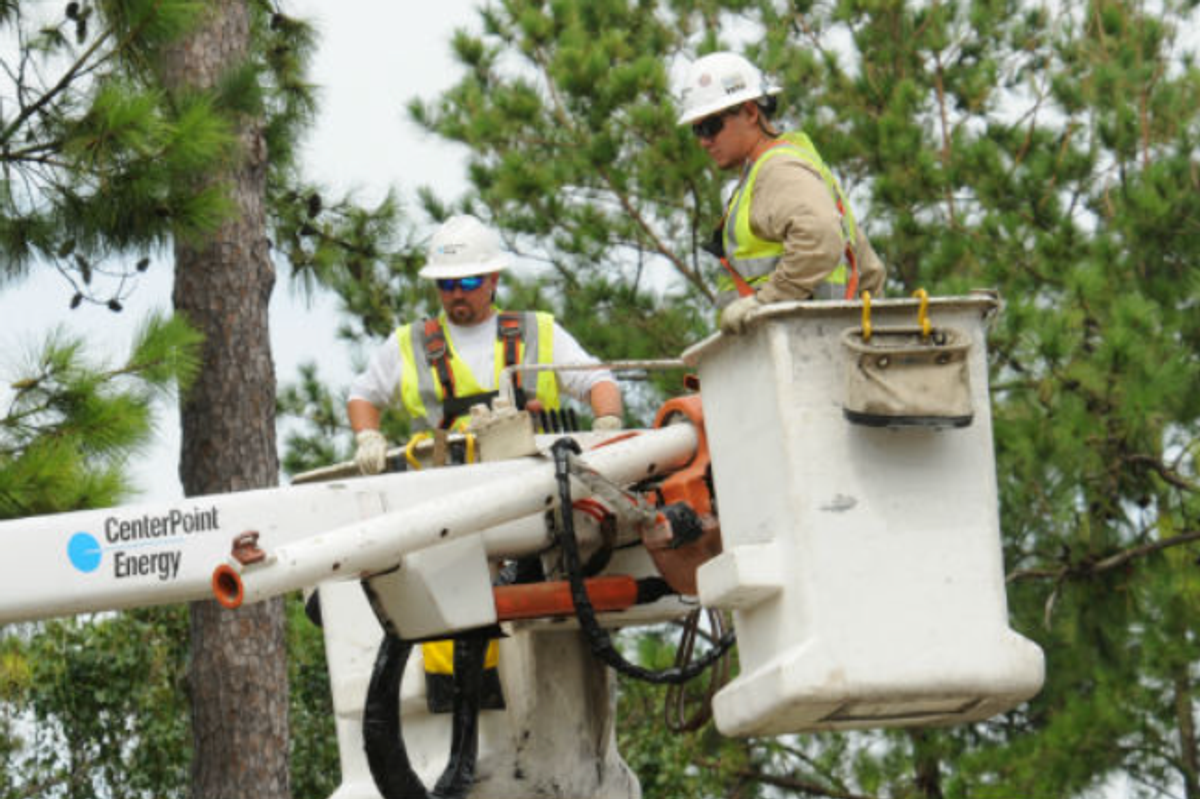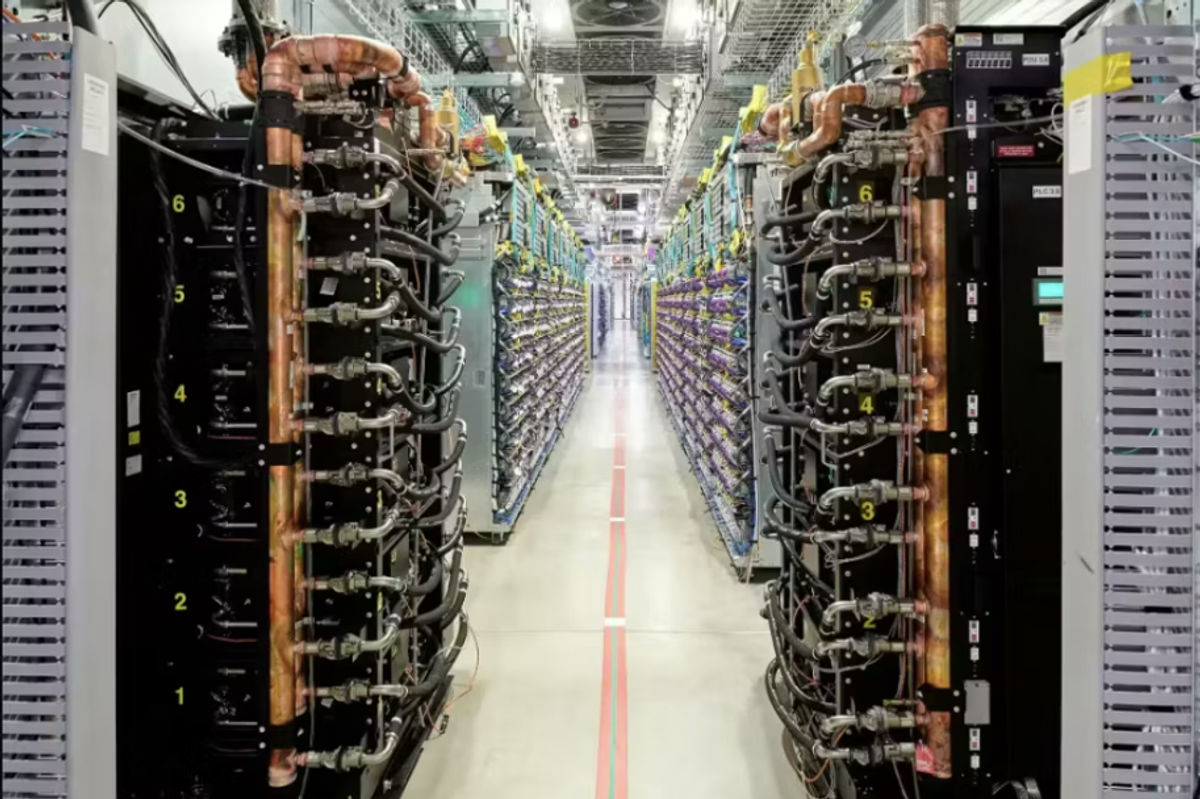Experts: Houston needs to unlock early-stage capital to lead the energy transition
show me the money
Last week, Tim Latimer sat on a panel that consisted mostly of his company's investors and discussed what he felt the missing piece still was for Houston's energy transition and innovation community.
“There’s no better place in the world than Houston to build and scale a climate tech startup," he says on a Venture Houston panel titled Seeding Sustainability: Unlocking the Power of Early Stage Investments.
“But I don’t know if I’m ready to make the claim that we’re the best place to start a business,” he adds.
Latimer, who co-founded Fervo Energy in the Bay Area in 2017 before relocating the company to Houston, explains that his company raised capital on the West Coast ahead of moving to Texas to grow and scale. This allowed the company, which recently announced the success of a major pilot, to tap into early stage funding and then make the most of every dollar raised by moving to a region where the money would last longer — and where there's talent, customers, and more.
“The dream for us to have a truly unlocked ecosystem is that the whole pattern can happen here in Houston, and the gap I see is that capital formation side,” he says.
Latimer was joined on the panel by some of Fervo's investors: Mark Cupta, managing partner of Prelude Ventures; Andrea Course, venture principal of Shell Ventures; and Joshua Posamentier, co-founder and managing partner of Congruent Ventures.
Each of the panelists weighed in on what it would take for Houston to emerge as a leader within the global energy transition. Cupta says that it's going to take the city time to build out activity, successful outcomes, talent, money, and more.
“The venture capital community is an ecosystem, and that ecosystem consists of multiple stakeholders that all have to work in concert with each other," he says. "It has to be a flywheel that spins up over time.”
Course, the only Houston-based investor on the panel, says that Houston has potential because it's got talent, industry, and money, or TIM, as she describes.
“I think Houston is actually the perfect place for becoming the energy transition capital. If you ask me, I think we already are.” Course explains. “It really just takes people doing what we’re doing now to make it even greater."
Posamentier, who previously shared his outlook on Houston in a Q&A with EnergyCapital, explains that access to funding isn't the only issue. “There’s a lot more money than there are investable opportunities at the moment,” he says.
The panel also weighed in on the difference between venture capital and funding coming out of corporations.
“VCs and CVCs have different timelines,” Course explains, saying VC firms have 5- to 7-year life cycles. After that, they need to see an exit to be able to provide that return. “With a CVC, we don’t really have that. Of course we want to show financial returns, but we are long-duration capital.
CVC is patient capital with value-add investors, but Course admits there's a longer due diligence because she wants to find a strategic stakeholder before an investment is made.
“The worst thing that could happen is that Shell gives you money, but they don’t give you business. We don’t want that,” she says.
Waiting for that right investor can be extremely important to company success, Latimer says from the founder perspective.
“It’s hard to put a hard dollar value on help, but our ability to have advisers and introductions from different types of investors … makes all the difference in the world,” he says on the panel. “A lot of startup founders think about their org design very critically and who they want to bring onto the team, and you should be deliberate on your cap table.”










